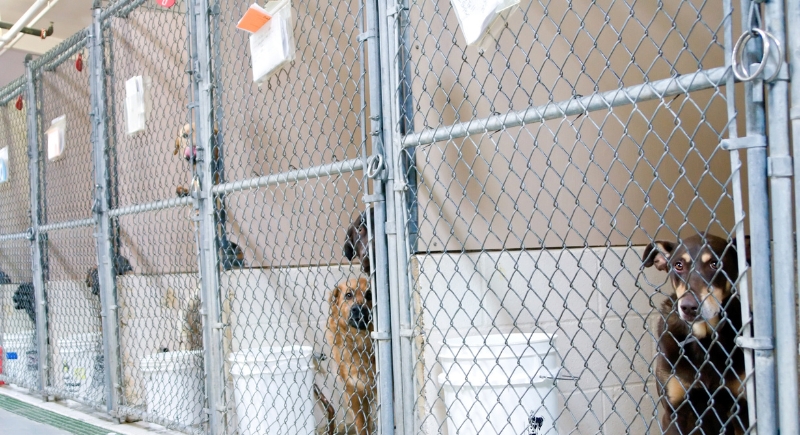Do Animal Shelters Lie About Dog Breeds to Get Them Adopted?
One of the biggest questions in the dog adoption world is: do shelters lie about dog breeds to get them adopted? The short answer is yes, and it’s a little more common than you might think. Shelters and rescues are under pressure to move animals into homes, especially the no-kill ones, where space is limited. That pressure sometimes shows up in the way a dog’s breed is described.
Pit bulls are the most common example. To dodge stigma or local restrictions, a blocky-headed pup might be listed as a “lab mix” or “terrier mix.” Other dogs get the same treatment: suddenly, everything is a “lab mix” or a “boxer mix.” The reality is that most of these labels are guesses based on looks. With hundreds of recognized breeds and countless mixes, the only way to know for sure is DNA testing—something most shelters don’t have the time or money for.
The Problem with Misinformation

Image via iStockphoto/lesliejmorris
Though mislabeling is done with good intentions, this creates an unfortunate ripple effect. Adopters might go home thinking they’re getting a calm, kid-friendly pup, only to discover they’ve adopted a hyperactive, food-aggressive pup. This can lead to frustration and, in some cases, doggos being returned to the shelter because the adopters weren’t prepared for their behavior or breed-specific traits. Even worse, if a dog is mislabelled and ends up in a home where it’s not a good fit, it can cause emotional stress for both the pet and the adopters.
The Dark Side of the “No-Kill” Movement
The no-kill push started with good intentions: save as many animals as possible. But in practice, it sometimes shifts the focus from animal welfare to hitting numbers. DogsBite points out that some shelters work so hard to keep their 90% save rate intact that they’ll place dogs with known behavior issues just to move them out the door.
Pit bulls come up often in these cases. Because of their history and the stigma attached, shelters may avoid being upfront about aggression risks. In weaker shelters, dogs with serious problems get passed to rescues or adopted with little warning to families. When the behavior can’t be managed, those same dogs may end up euthanized later. It’s a cycle that hurts adopters, animals, and the very groups trying to save them.
What Can You Do to Protect Yourself?

Image via Canva/Kzenon
If you’re considering adopting a dog, it’s essential to do your research and ask the right questions. Don’t just take the breed labels at face value. Ask about the pup’s behavior around other animals, children, and people. Determine if the pet exhibits any behavioral issues, such as resource guarding, leash pulling, or aggression. If the shelter can’t give you a straight answer, it might be a red flag.
Visiting the shelter in person is also a great way to get a feel for the dog’s personality and see how it interacts with people and other animals. And if you’re unsure about a dog’s breed or temperament, consider asking for references from other adopters or online groups where people share their experiences.